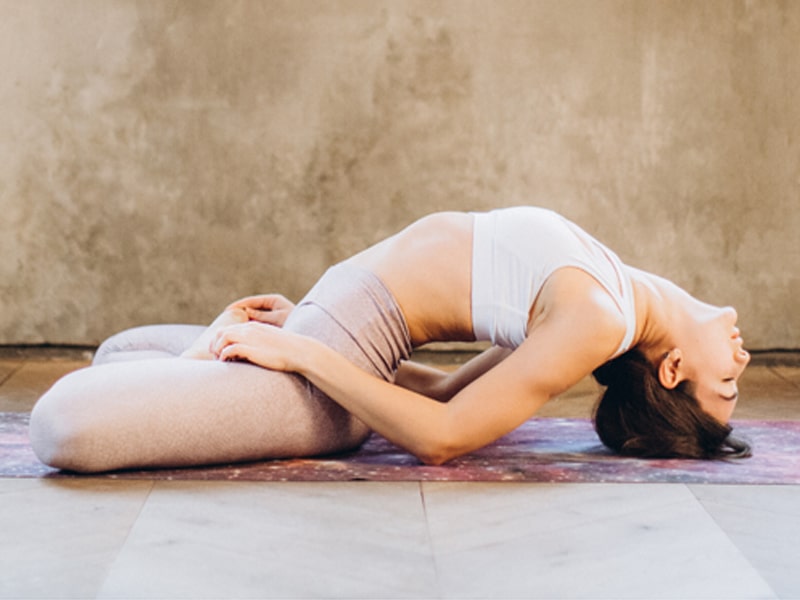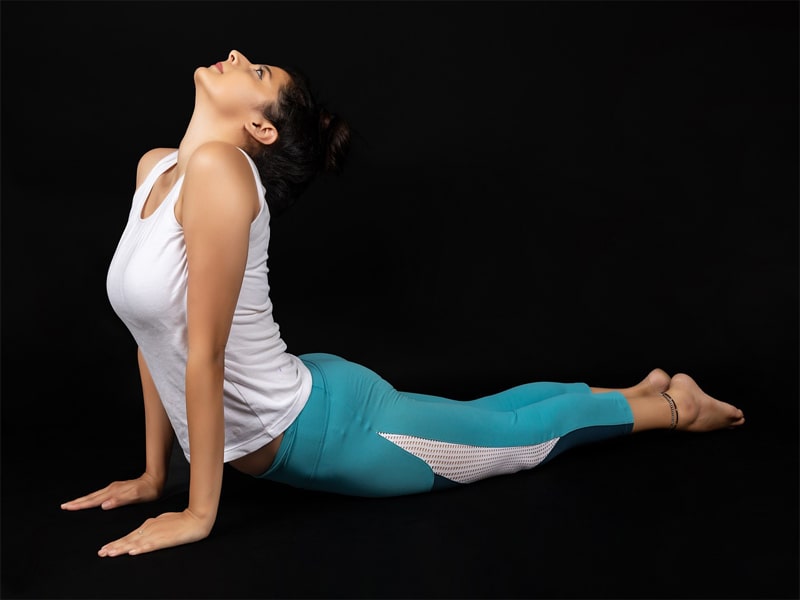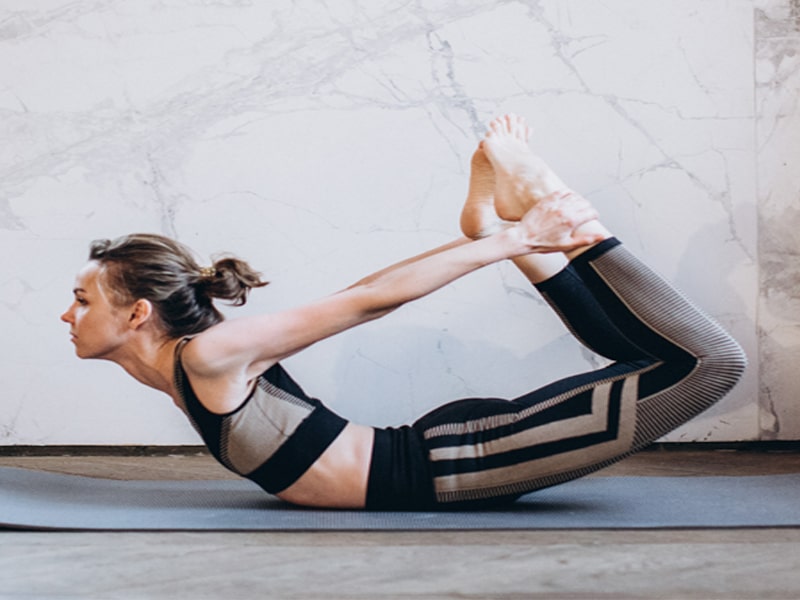Yoga has been practiced for thousands of years as a way to promote physical, mental, and spiritual wellness. One of the most well-known poses in this ancient tradition is the Matsya Asana, also known as the Fish Pose. In this article, we will delve into the definition, history, benefits, and step-by-step instructions for performing this pose, as well as precautions to keep in mind and modifications that can be made.
I. Definition of Matsya Asana
Matsya Asana is a seated backbend pose that is commonly performed in yoga practice. This pose is named after the Sanskrit word for “fish,” and is said to resemble a fish floating on the water.
II. Origin and history of Matsya Asana
The exact origin of Matsya Asana is unknown, but it is believed to have been practiced for thousands of years in ancient India. The pose is mentioned in many ancient yoga texts, including the Hatha Yoga Pradipika, where it is described as a way to open the heart and stimulate the thyroid gland.
III. Benefits of practicing Matsya Asana
Matsya Asana offers numerous physical and mental health benefits, including :-
-
Improving posture :- This pose helps to improve posture by stretching the spine and strengthening the muscles in the neck and upper back.
-
Relieving tension :- Matsya Asana can help to relieve tension in the neck and shoulders, as well as relieve stress and anxiety.
-
Improving respiratory function :- The pose can help to increase lung capacity and improve respiratory function.
-
Strengthening the core :- Matsya Asana requires engagement of the core muscles, helping to strengthen and tone this important muscle group.
-
Stimulating the thyroid gland :- The pose is said to stimulate the thyroid gland, which can improve metabolism and overall health.
-
Reducing fatigue :- Matsya Asana can help to reduce fatigue and increase energy levels.
Also Read :- 6 Best Branded Aerial Yoga Hammock Swing in India
IV. Step-by-step instructions for performing Matsya Asana
To perform Matsya Asana, follow these steps :-
-
Begin by sitting on your mat with your legs extended straight in front of you.
-
Place your hands under your hips, with your fingers pointing towards your knees.
-
Slowly lean back and raise your chest, using your elbows to support yourself.
-
Keep your head and neck relaxed, and gaze upwards towards the ceiling.
-
Hold the pose for several breaths, then release and return to a seated position.
V. Precautions to keep in mind while practicing Matsya Asana
It is important to be cautious when practicing Matsya Asana, especially if you have any underlying health conditions or injuries. Here are some precautions to keep in mind :-
-
Neck injury :- If you have a neck injury, avoid this pose or perform it with caution.
-
Shoulder injury :- If you have a shoulder injury, avoid this pose or perform it with caution.
-
Pregnancy :- Pregnant women should avoid this pose or perform it with caution.
VI. Modifications and variations of Matsya Asana
There are several modifications and variations of Matsya Asana that can be performed to make the pose easier or more challenging, depending on your level of experience. Here are some examples :-
-
Beginner modification :- If you are a beginner, you can place a blanket or block under your elbows for support.
-
Advanced variation :- To make the pose more challenging, you can try lifting one leg off the ground while in the pose.
-
Wall variation :- For added support, you can perform Matsya Asana with your back against a wall.
VII. Conclusion
Matsya Asana is a valuable pose for promoting physical and mental wellness. It offers numerous benefits, including improved posture, reduced tension, increased respiratory function, strengthened core, and stimulation of the thyroid gland. When practicing this pose, it is important to be cautious and mindful of any underlying health conditions or injuries, and to modify or vary the pose as needed. With regular practice, Matsya Asana can be a valuable addition to your yoga practice.



